Equipment
Callaway launches XR16 and XR16 Pro fairway woods
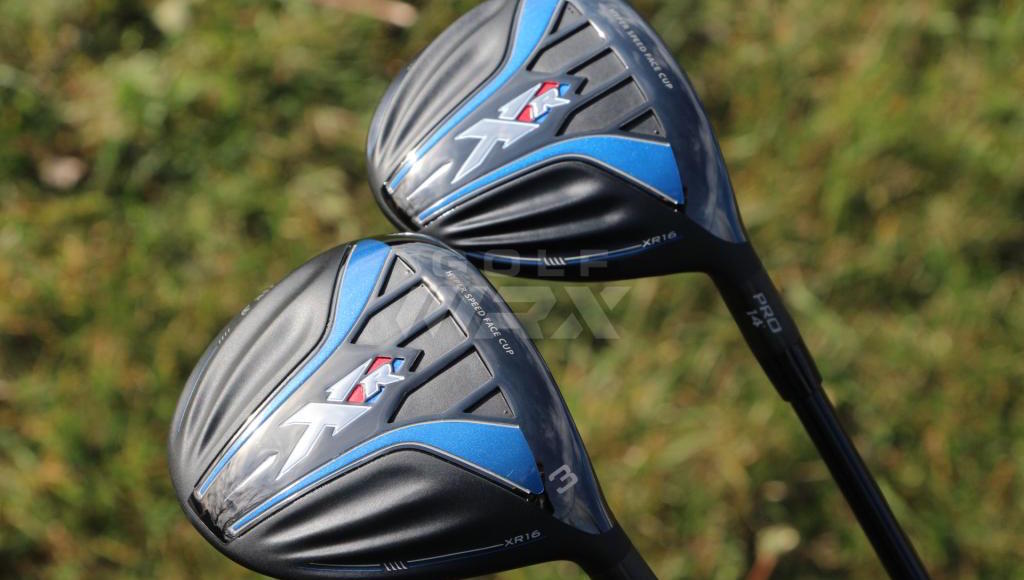
For its XR16 drivers, Callaway focused mostly on improving the aerodynamics of its crown for more speed. For the XR16 fairway woods, however, Callaway wasn’t singularly focused on improving just one facet of the club.
That’s because fairway woods take on different roles for different golfers, so simply making them “faster,” which is almost always the goal in driver design, isn’t necessarily a winning formula for fairways. Fairway woods also need to be forgiving and versatile, and move through the turf easily when hitting shots from the fairway or rough.
Therefore, when designing the XR16 fairway woods, Callaway wanted to increase ball speeds and lower spin compared to the XR fairway woods, but also introduce greater forgiveness and versatility to satisfy golfers’ every need.
Let’s see how Callaway accomplished that with its most “comprehensive and complete” line of woods ever, according to Callaway’s Senior R&D Woods Manager, Evan Gibbs.
For Callaway, fairway wood design starts with its bread and butter — Face Cup technology. Gibbs says Face Cup is the core technology that separates its fairway woods from competitors in terms of ball speed, and it serves as the “engine of the club.” And in its fourth generation, Face Cup continues to improve compared to its predecessors.
In the XR16 fairways, the Face Cup insert is made from a 455 Carpenter Stainless Steel alloy, a material that allows Callaway to make its face extremely thin and flexible; and its even thinner and hotter than ever, according to Callaway. Variable thickness — thinner around the perimeter and thicker in the center — also allows the club to produce higher ball speeds on shots hit across the face.
To maintain low spin and high launch of the XR’s, the XR16 fairways also have the familiar “Internal Standing Wave,” which sits behind the bottom portion of the face and drives CG low and forward.
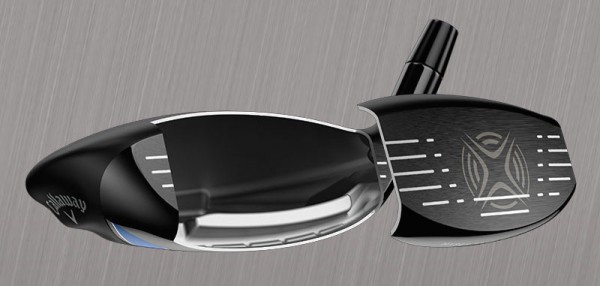
A graphic of Callaway’s Internal Standing Wave technology.
Callaway also looked to increase moment of inertia (MOI), a measure of forgiveness, in order to make the “bad shots look more like the good shots,” as Gibbs puts it, with its new clubs. To accomplish that, the XR16 fairway woods were made with a larger profile with reduced weight in the crown — actually, the company’s thinnest cast crown ever — helping move CG lower and deeper.
Additionally, their soles feature more camber and more sole relief than their predecessors, which allows the leading edge of the club to sit closer to the ground at address and helps keep the club from getting stuck in the turf at it moves through the ground.
The result of the improvements? The XR16 fairway woods boast 28 percent more consistent carry distance and 8 percent more consistent ball speed compared to the XR fairway woods, according to Callaway testing. For golfers who want higher ball speeds on off-center hits (that’s just about everyone), that’s a positive.
Specs
With such a wide variety of offerings, how should you go about choosing the right fairway wood for you?
Loft for loft, the XR16 standard fairway woods (15.5, 17, 19, 21, 23, 25 degrees) are larger than their XR16 Pro counterparts. They’ll produce a higher launch angle, more draw bias and more forgiveness.
The XR16 Pro fairway woods (14, 16 and 18 degrees) have a smaller footprint, will be slightly more fade-biased and will produce a lower-spinning, more penetrating trajectory.
An interesting option for golfers who rely on their fairway wood as a second driver off the tee to consider is the XR16 3+. At 14 degrees and 162 cubic centimeters, it has a head size that’s halfway between the 14-degree XR16 Pro and the 15.5 degree XR16. As far as its ball flight goes, it produces the low trajectory and low spin of the XR16 Pro, but has the draw-bias and forgiveness of the XR16.
Each of the fairway woods will be available on January 29. The XR16 woods will sell for $229.99, and come stock with a Fujikura Speeder 565 Evolution shaft. The XR16 Pro woods will sell for $249.99 and come stock with a Fujikura Speeder 755 Evolution II TS fairway shaft.
See more photos of Callaway’s new XR16 and XR16 pro woods here.
- LIKE104
- LEGIT6
- WOW2
- LOL6
- IDHT1
- FLOP5
- OB3
- SHANK12
Equipment
Putter Roundup: 2024 Zurich Classic of New Orleans
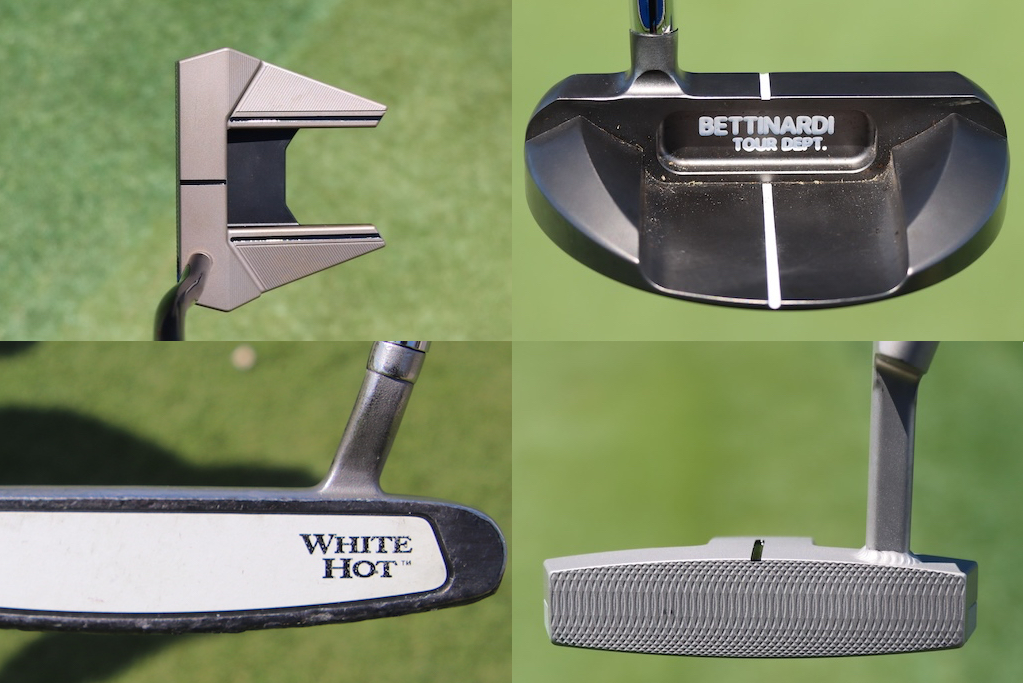
We always get some great photos of some phenomenal putters at tour events and love to share them. Here are a few from the 2024 Zurich Classic that caught our eye and seemed interesting. (And as a reminder, you can check out all our photos from New Orleans here)
MJ Daffue’s Scotty Cameron T-11 Prototype
MJ is going with the new Scotty Cameron T-11 Prototype this week. The putter is a multi-piece mallet that puts an emphasis on stability with the wings on the back. Daffue’s putter does have a design that differs from retail with a monotone finish, which eliminates the black paint on the aluminum parts that we see at retail. He also has a half siteline milled into the top and an L-neck welded on for some additional toe hang. The face features a deeper milling that should offer a softer feel and slightly quieter sound.
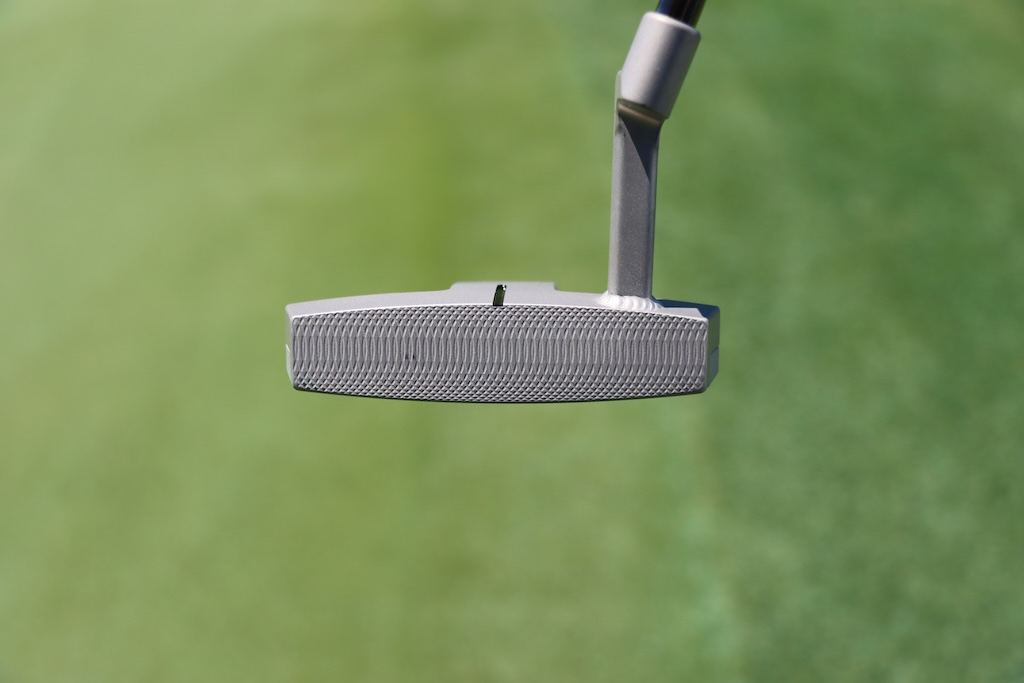
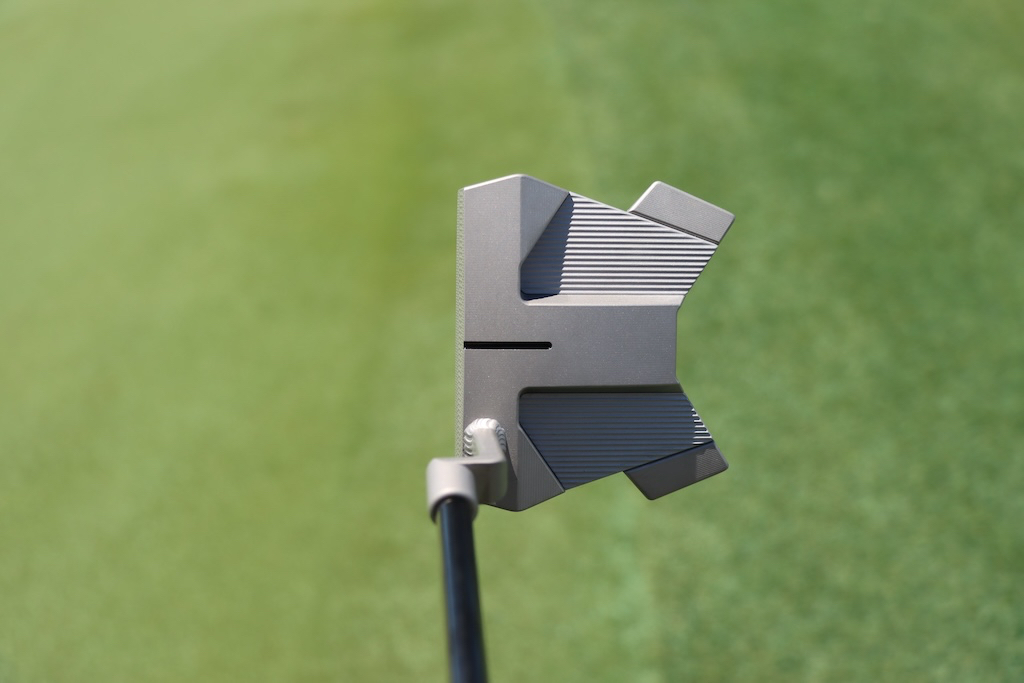
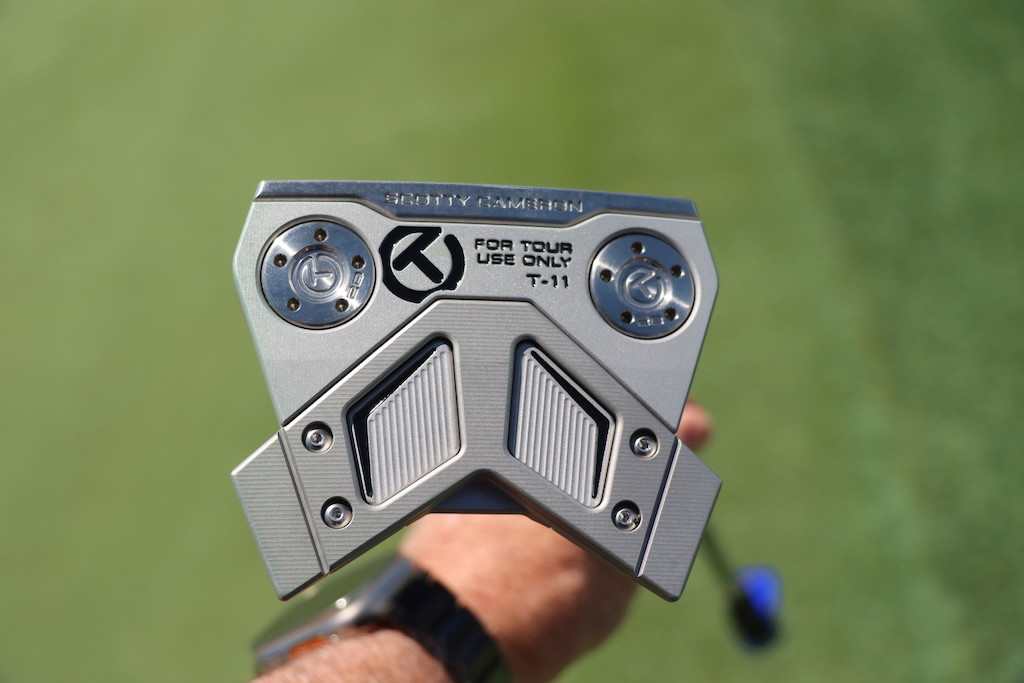
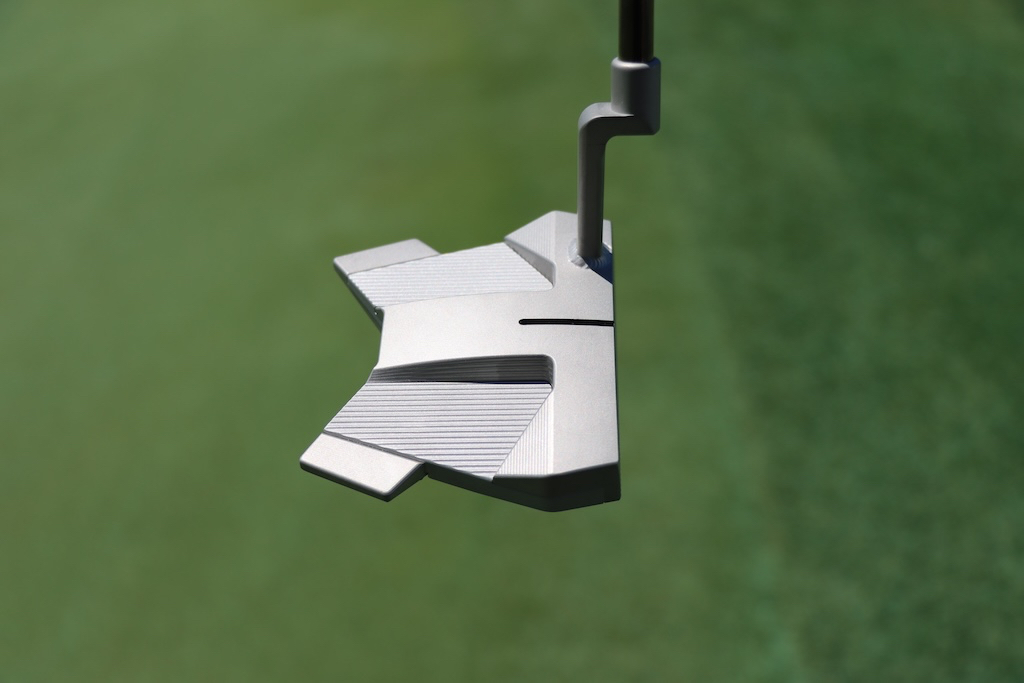
Scotty Cameron T-7.5 Prototype
We spotted a few different Scotty Cameron Phantom models with modified rear flanges. It looks like the straight black flange was cut into a half circle for a little softer look at address. On this T-7.5, you can still see the raw aluminum from the back view, so this might have been a last-minute job to get them out on tour. The semi-circle also has a white line on it, maybe to frame the ball differently.
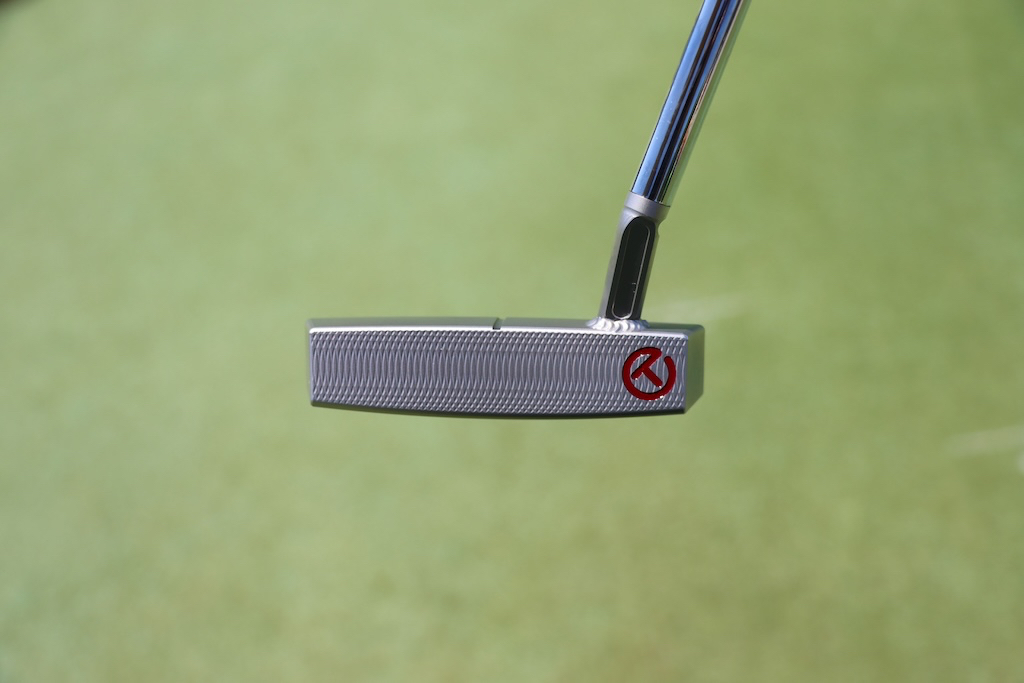
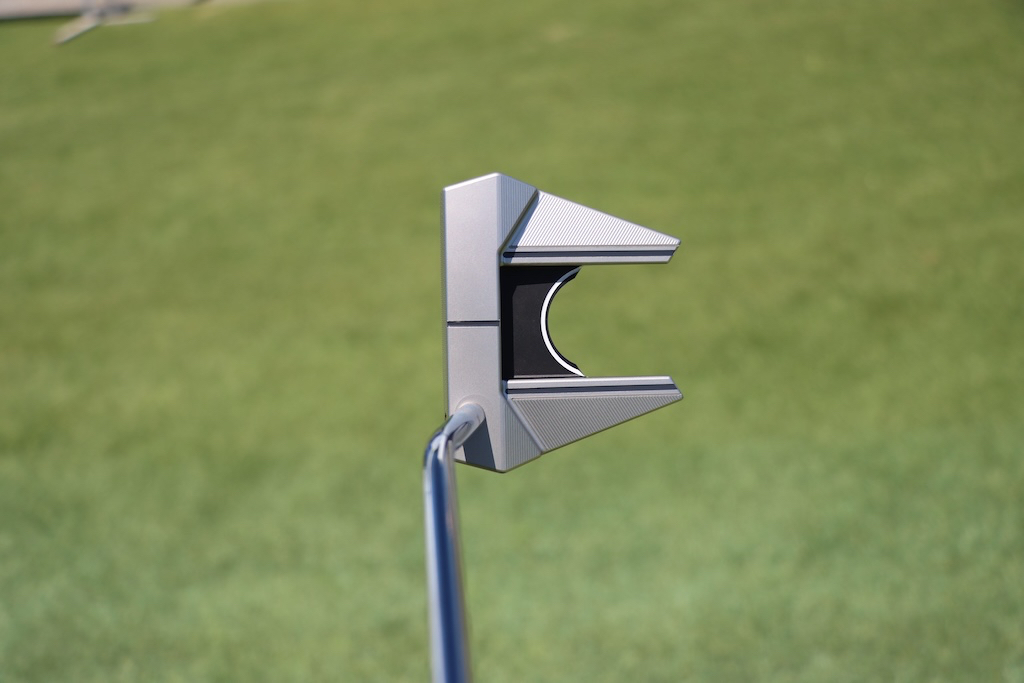
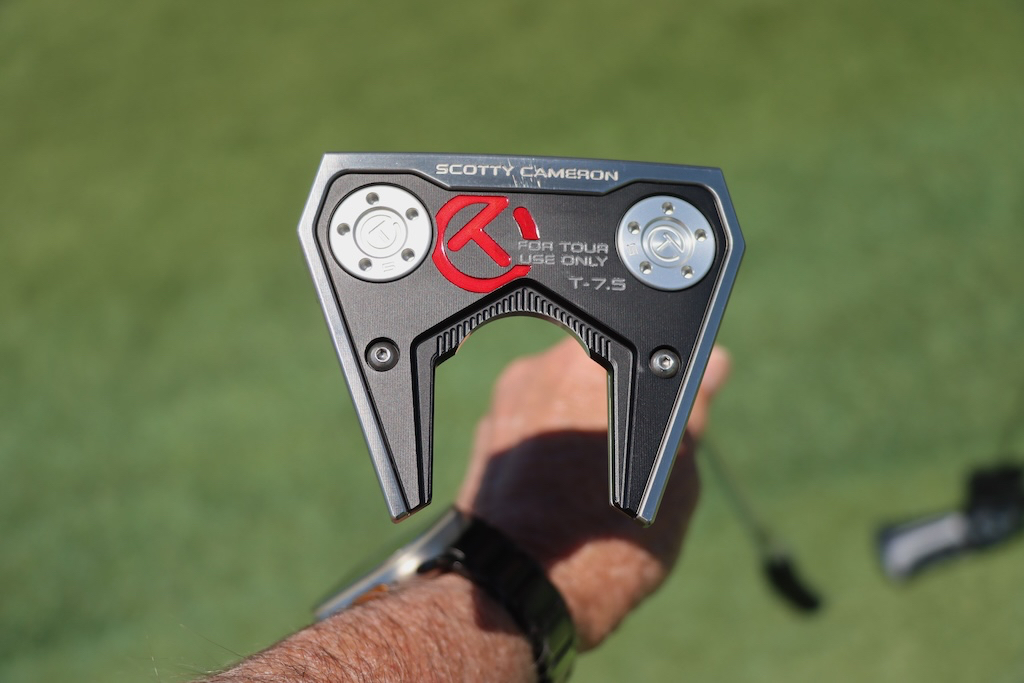
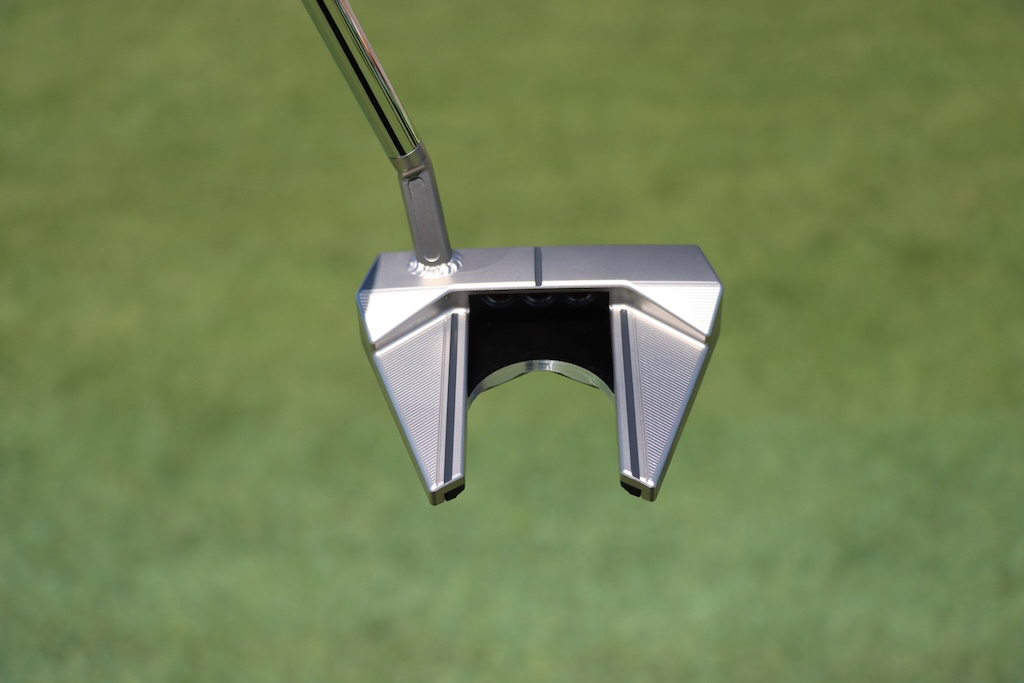
Alex Fitzpatrick’s Bettinardi SS16 DASS
Alex’s SS16 is made from Bettinardi’s famous D.A.S.S., or double-aged stainless steel, for a softer and more responsive feel. The face has a unique diamond pattern milling and features a logo that I feel like I have seen before, but can’t put a name to. The putter is a classic mid-mallet style with a simple, single white siteline on the top. The sole is clean with just the SS16, DASS, and a green triangle logo on it.
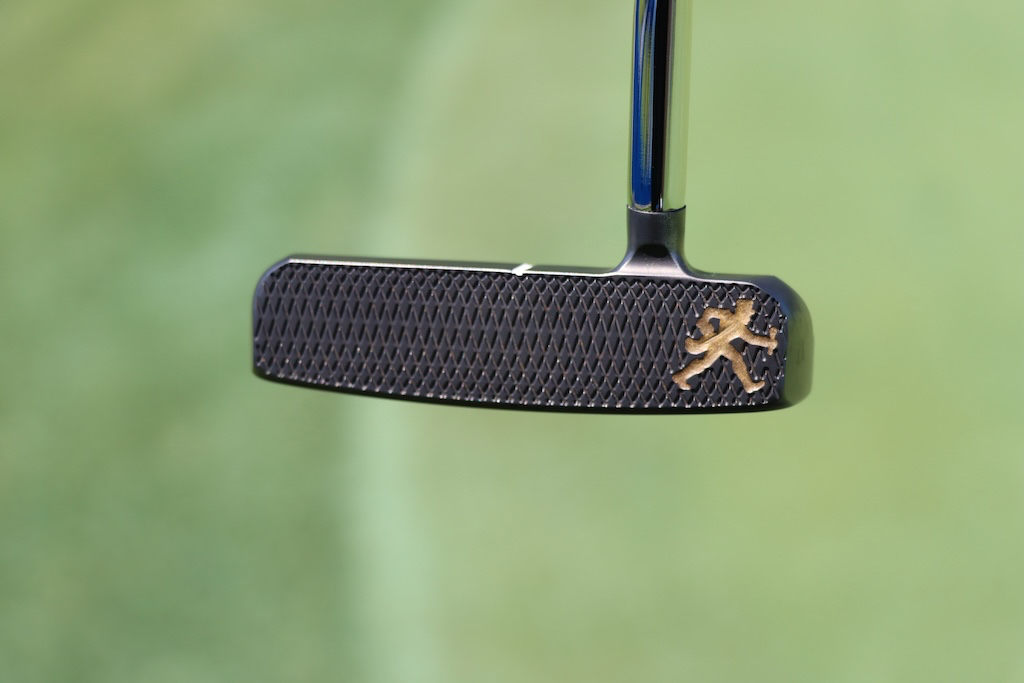
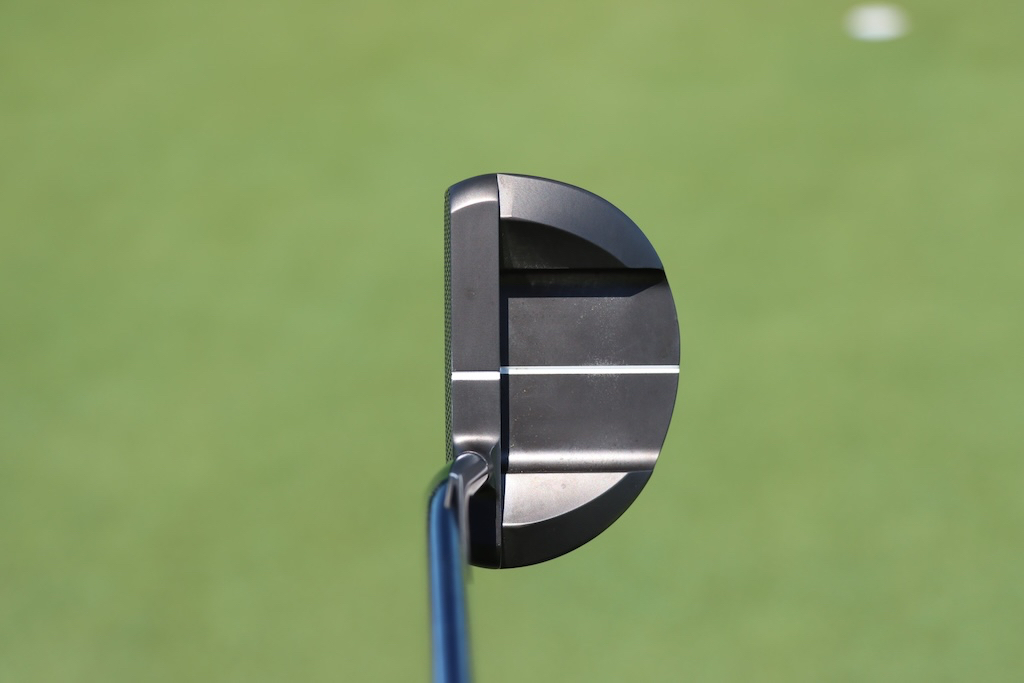

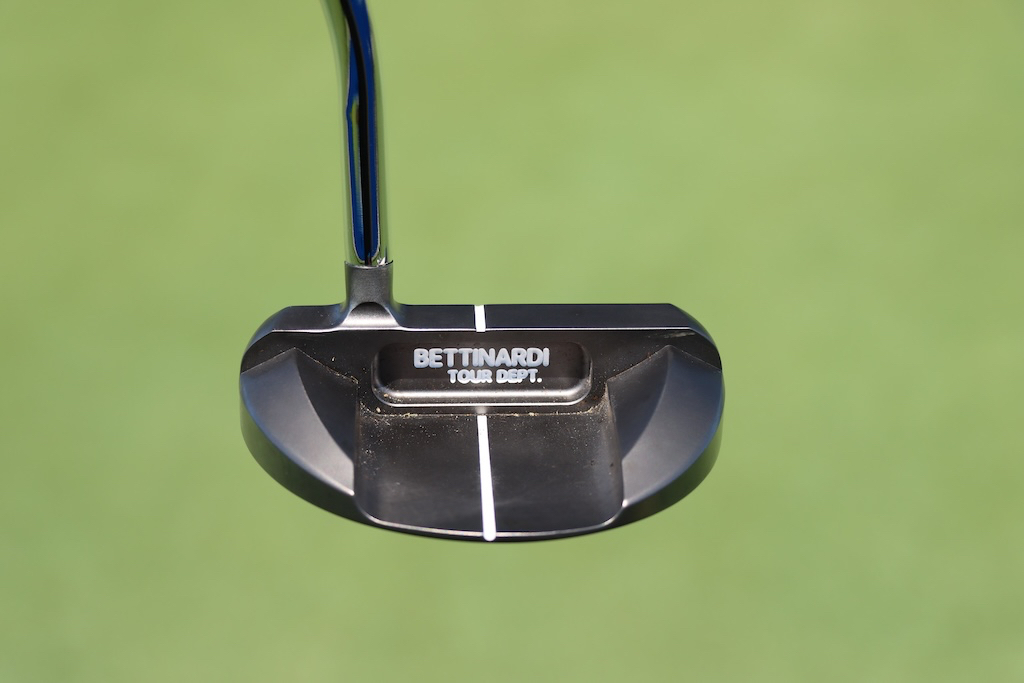
Steve Stricker’s Odyssey White Hot No. 2
This putter has made some amazing putts in its long career! Stricker’s White Hot No. 2 might be in the top 10 of most famous putters in golf. When you see all the dents and lead tape, you know the heel will be up and it will be sinking putts! The soft White Hot insert looks to be in good shape and has less wear on it than the rest of the putter. We don’t know how much lead tape is on the sole, but it has to be multiple layers compacted down over the years.
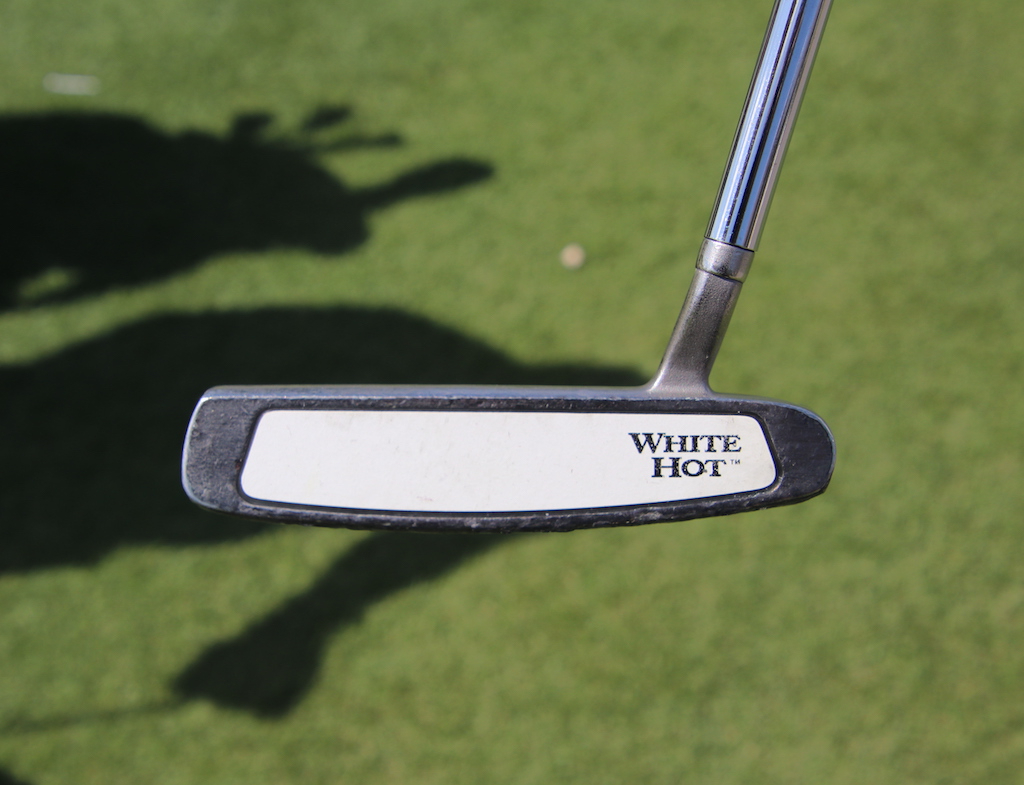


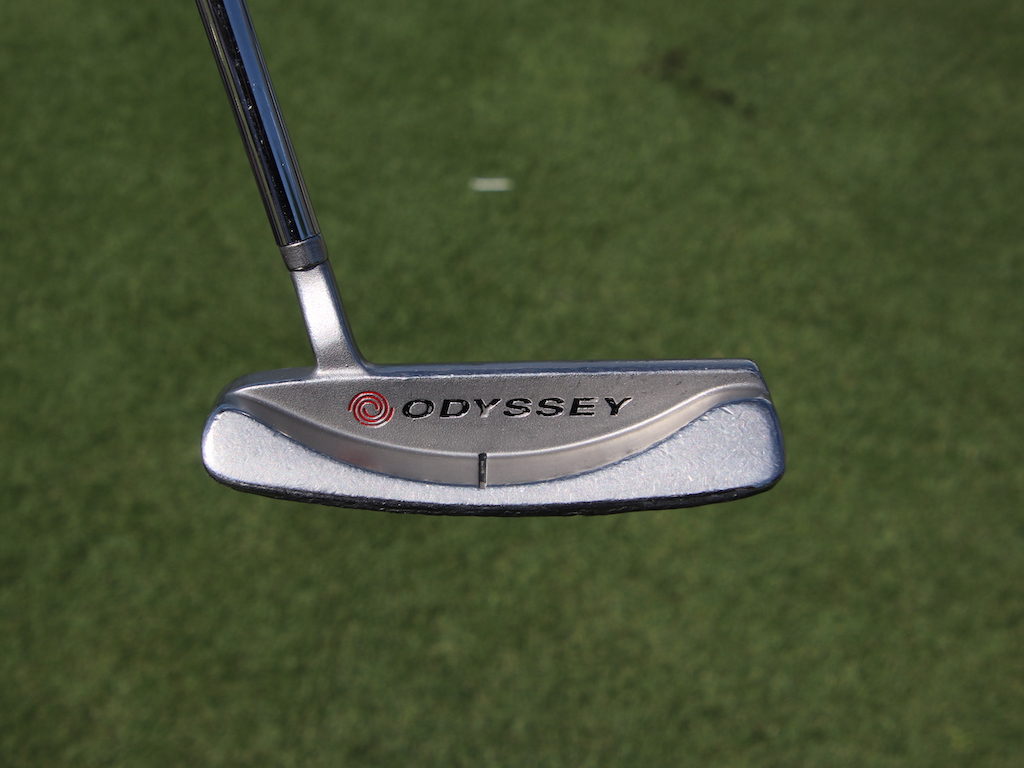
Doug Ghim’s Scotty Cameron T-7 Prototype
This T-7 should win the award for “best color finish” in this list with its deep chromatic bronze. It looks like Scotty added a cherry bomb dot to the heel of the deep-milled face and filled it with a very dark blue paint. The rest of the putter looks pretty stock with its single site line on the topline and twin site lines down the “fangs” of the putter. Twin 5-gram weights are installed in the sole and the putter is finished off with a gloss black double bend shaft with a fill shaft offset.
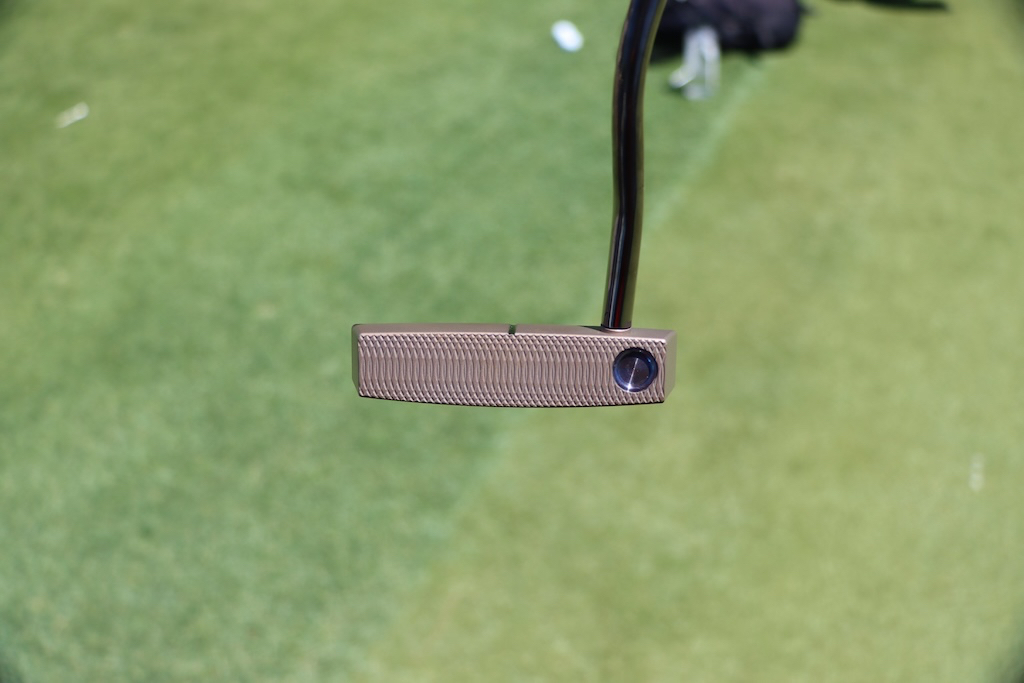
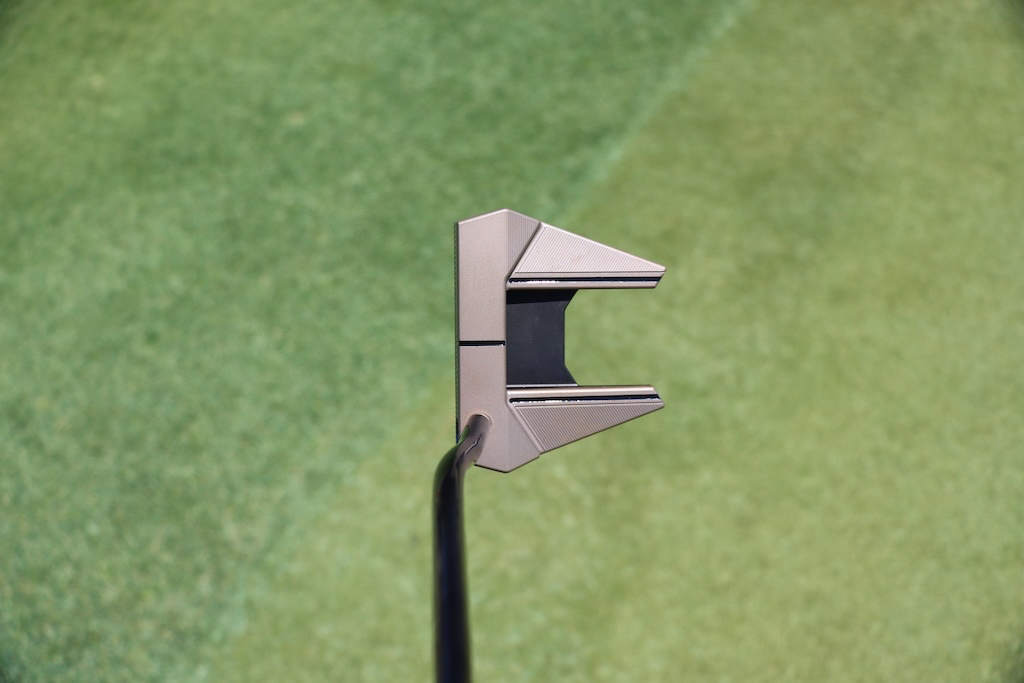
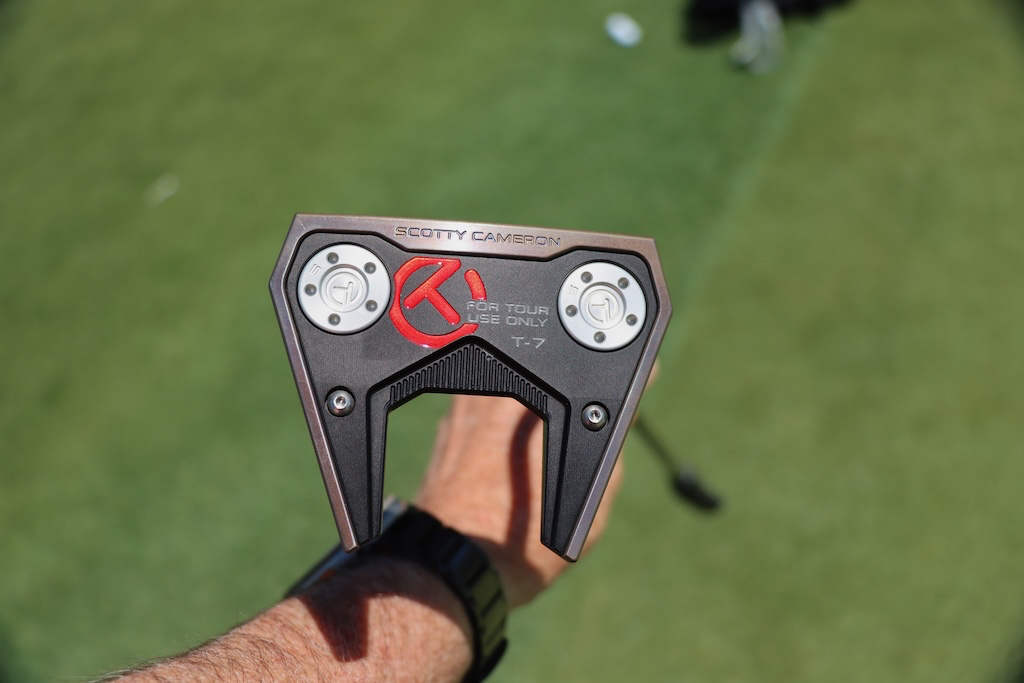
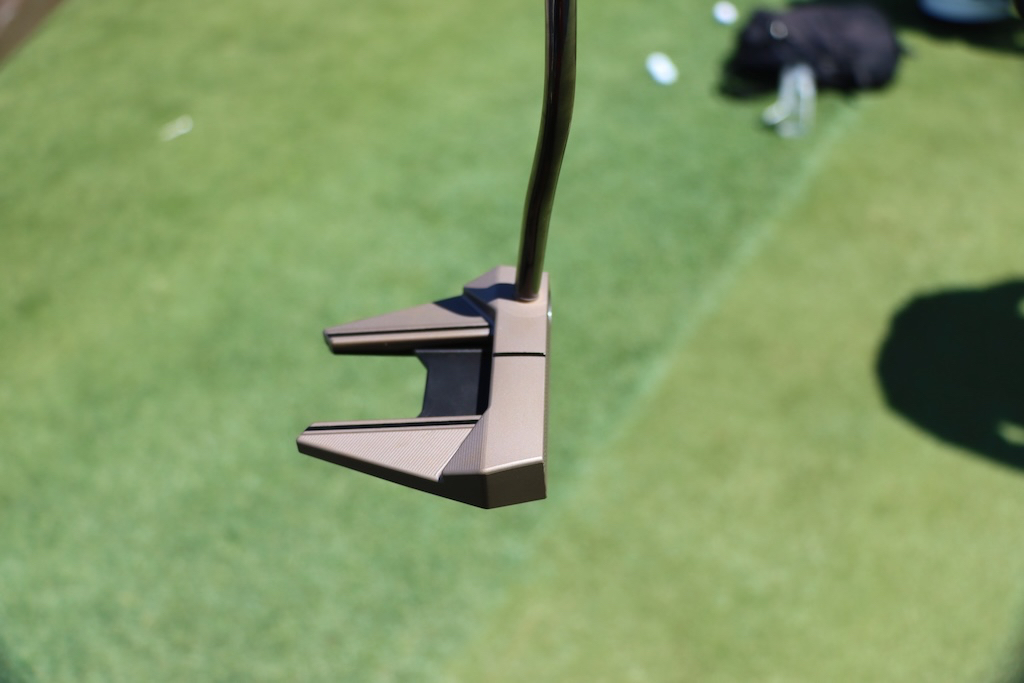
- Check out the rest of our photos from the 2024 Zurich Classic
- LIKE0
- LEGIT0
- WOW0
- LOL0
- IDHT0
- FLOP0
- OB0
- SHANK0
Equipment
Spotted: Project X Denali hybrid shaft
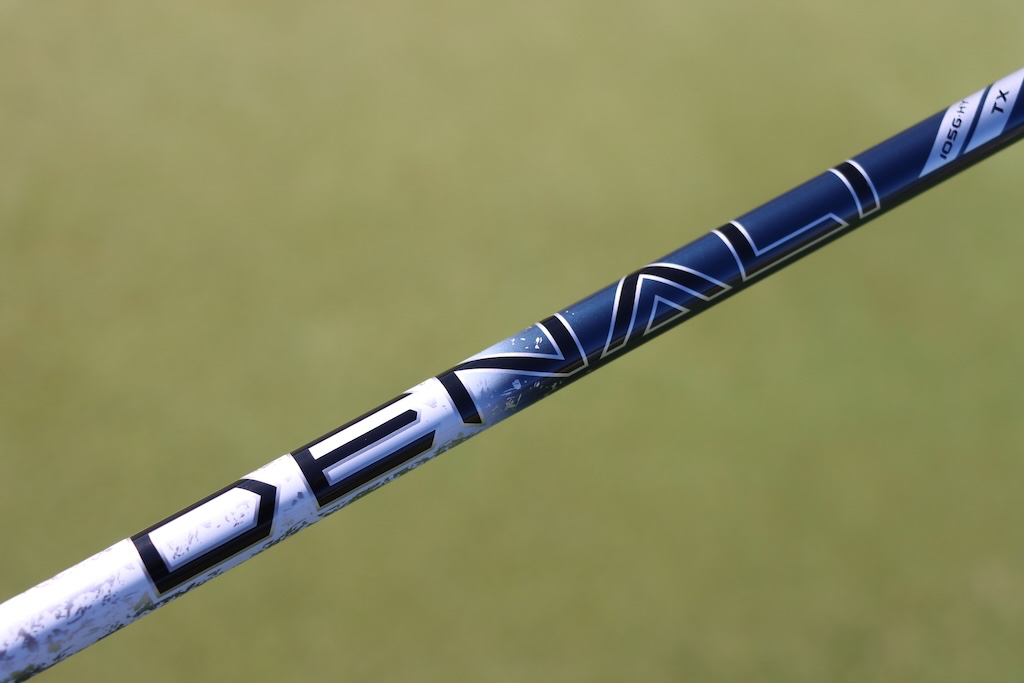
Project X’s Denali wood shafts have been seen in more and more golf bags this year as we start off the season. As a refresher, Denali Blue is the mid-launch and mid-spin model while Denali Black is for players seeking lower launch and spin.
Denali combines great feel with stability and increased ball speed. Currently, Project X only offers Denali Blue and Black in wood shafts, but we spotted a hybrid shaft in Daniel Berger’s bag at the 2024 Zurich Classic.
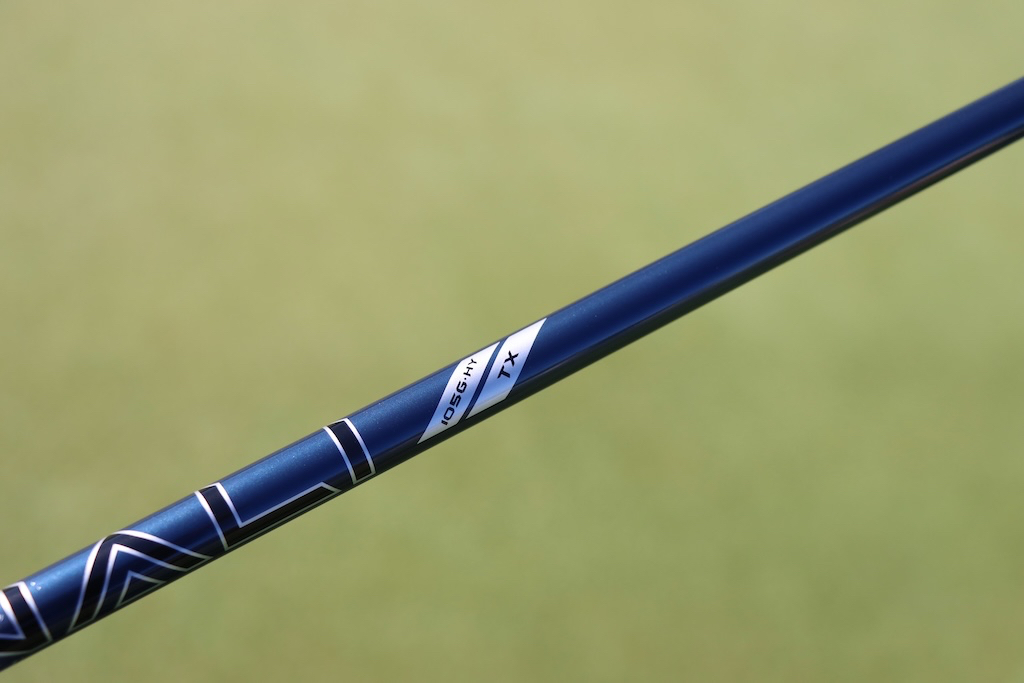
The shaft looks to be a Denali Blue 105G – HY in TX flex. No word on details from Project X yet but we can assume that this is a mid-launching shaft that weighs around 105 grams in Tour X-Stiff flex.
Berger has this shaft in his TaylorMade P770 3-iron, likely for some added launch and spin to hold the green from longer distances.
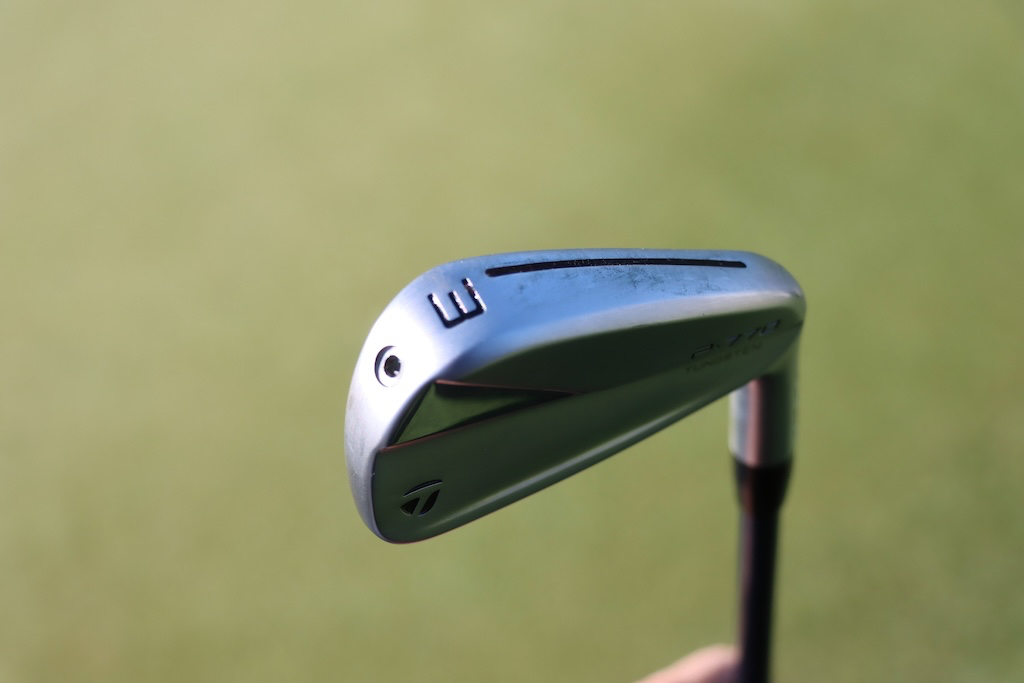
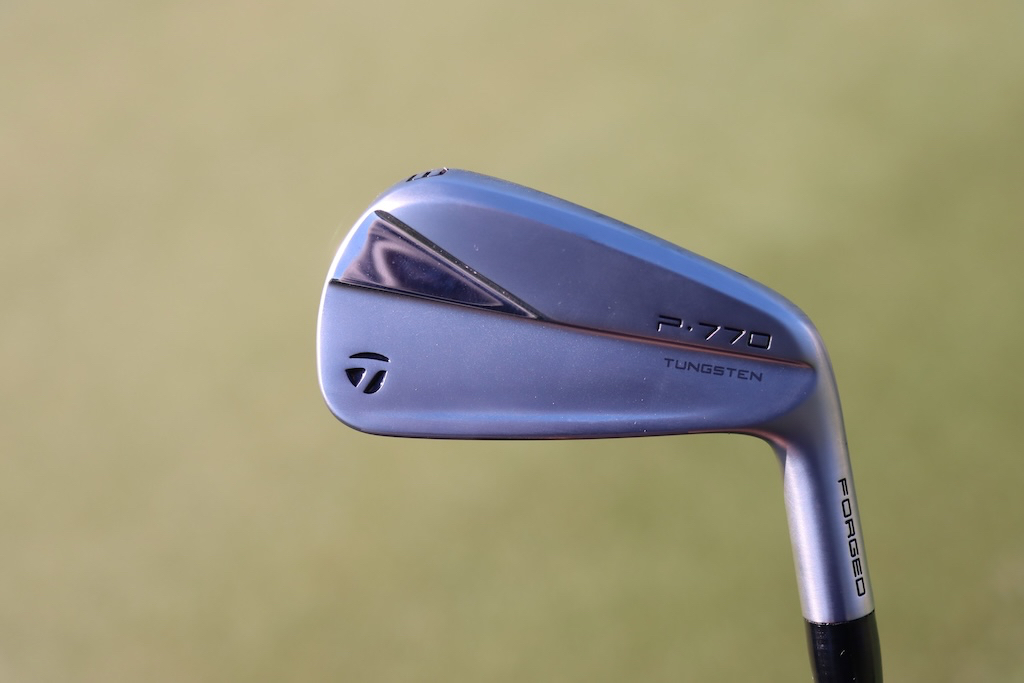
Hopefully, this means we will see some more shafts coming under the Denali name in the future, as I think many of us would like to try one in a hybrid or utility iron!
- Check out the rest of our photos from the 2024 Zurich Classic
- Check out in-hand photos of Daniel Berger’s full WITB here.
- LIKE0
- LEGIT0
- WOW0
- LOL0
- IDHT0
- FLOP0
- OB0
- SHANK0
Whats in the Bag
Daniel Berger WITB 2024 (April)
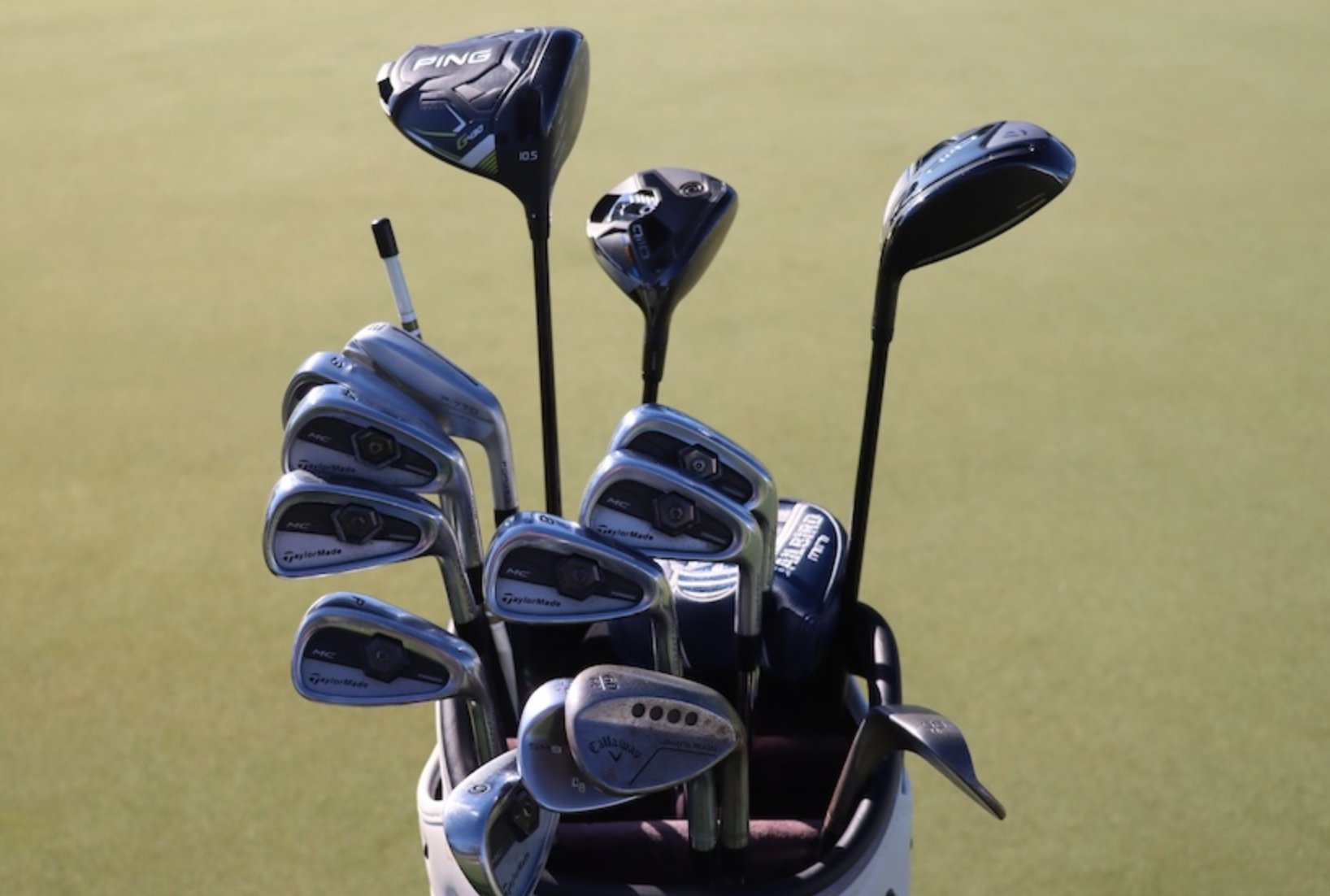
- Daniel Berger what’s in the bag accurate as of the Farmers Insurance Open. More photos from the event here.
Driver: Ping G430 LST (10.5 degrees)
Shaft: Fujikura Ventus Black 6 X
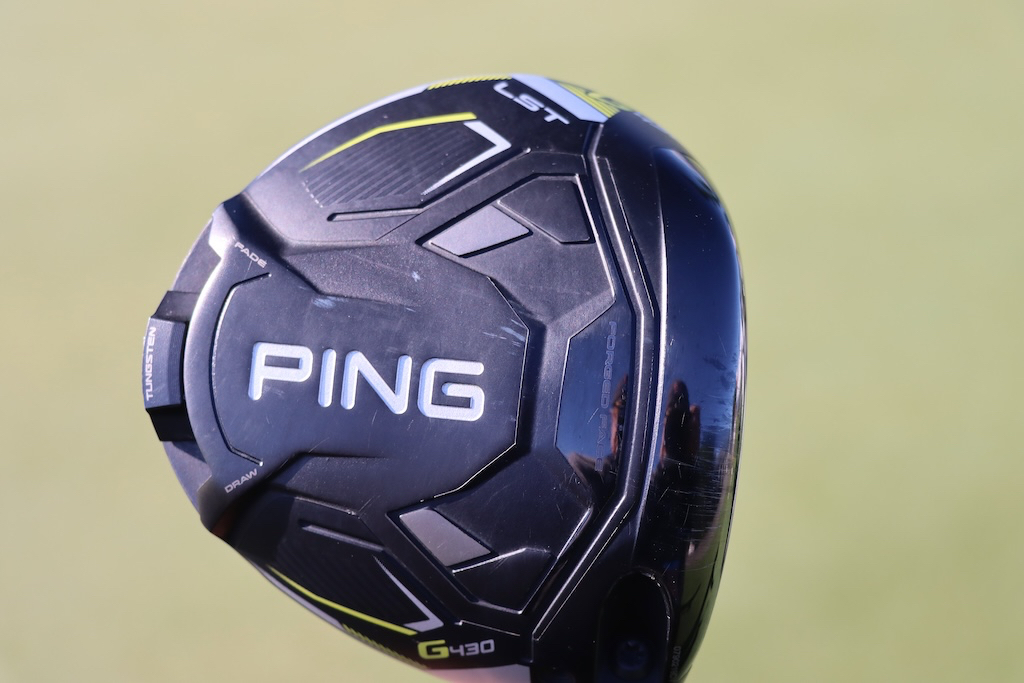
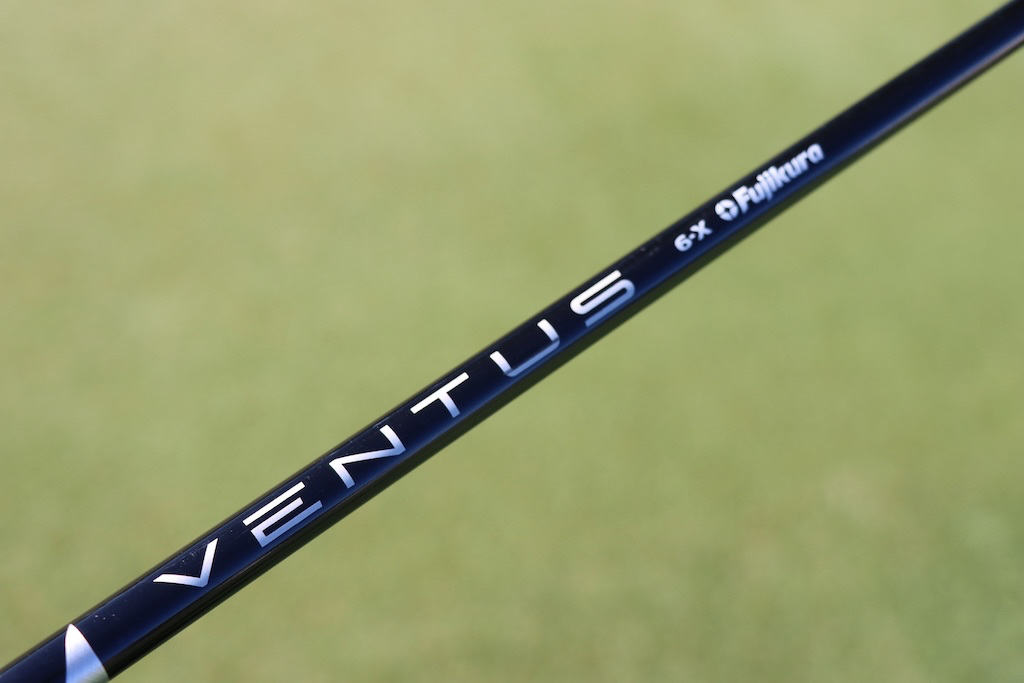
3-wood: TaylorMade Qi10 (15 degrees)
Shaft: Fujikura Ventus Black 7 X
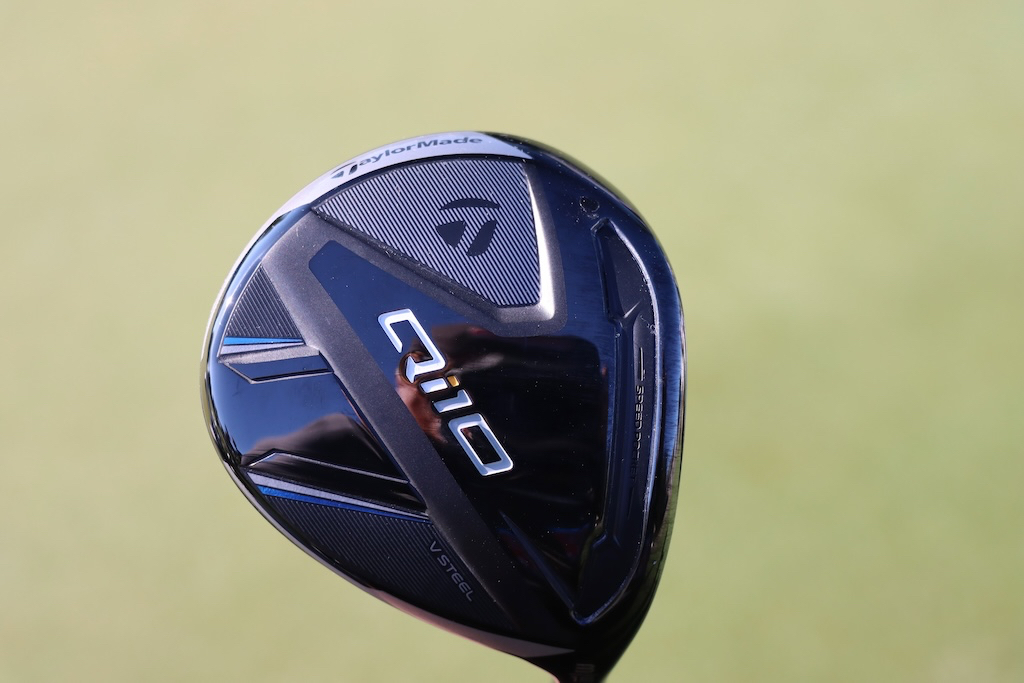
6-wood: TaylorMade Qi10 Tour (21 degrees)
Shaft: Fujikura Ventus Black 8 X
Irons: TaylorMade P770 (3), TaylorMade Tour Preferred MC 2011 (4-PW)
Shafts: Project X Denali Blue 105 TX (3), Project X 6.5 (4-PW)
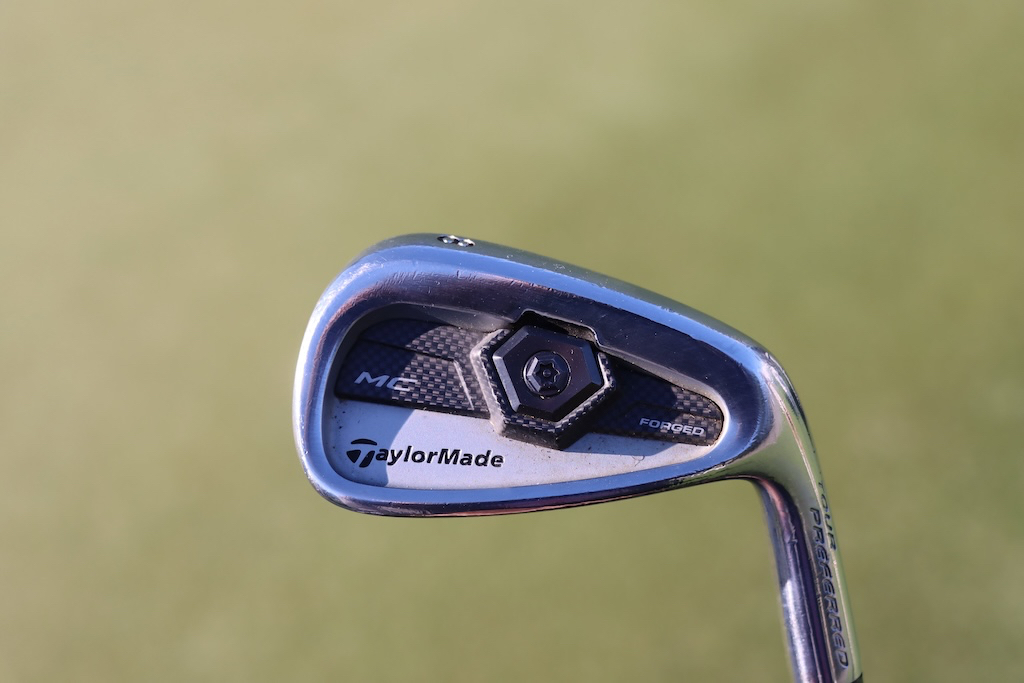

Wedges: Titleist Vokey Design SM9 (50-12F), Titleist Vokey Design SM10 (56-14F), Callaway Jaws Raw (60-08C)
Shafts: Project X 6.5 (50), True Temper Dynamic Gold Tour Issue S400 (56, 60)
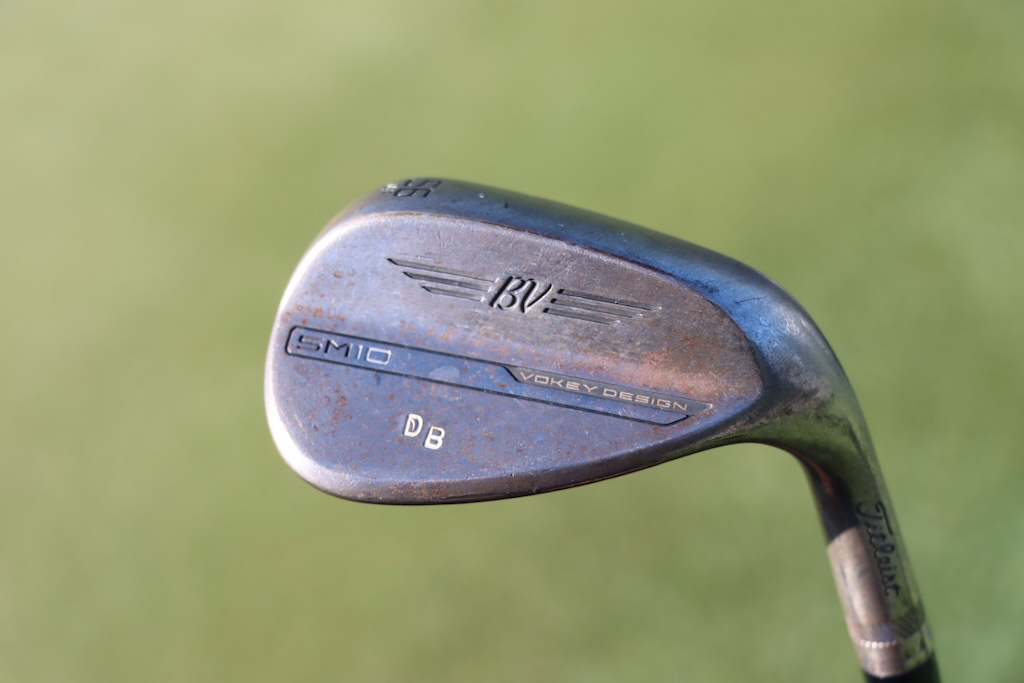
Putter: Odyssey Ai-One Jailbird Mini DB
Grip: SuperStroke Zenergy PistolLock 1.0
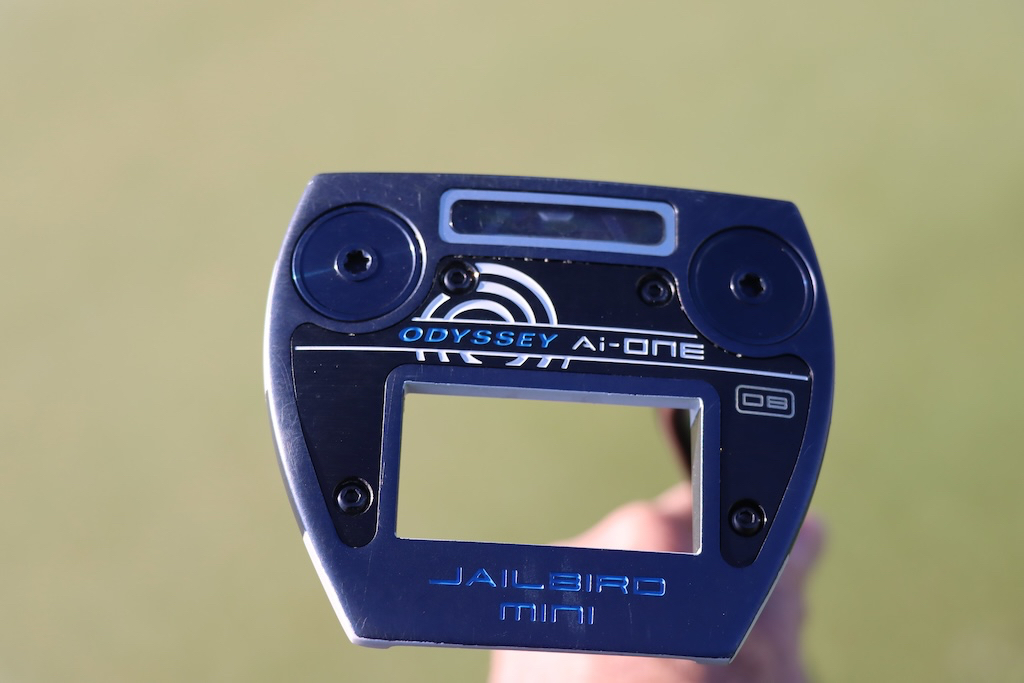

Grips: Golf Pride Tour Wrap
Ball: Titleist Pro V1
Check out more in-hand photos of Daniel Berger’s clubs in the forums.
- LIKE4
- LEGIT0
- WOW1
- LOL1
- IDHT0
- FLOP0
- OB1
- SHANK0
-

 19th Hole2 weeks ago
19th Hole2 weeks agoDave Portnoy places monstrous outright bet for the 2024 Masters
-

 19th Hole3 days ago
19th Hole3 days agoJustin Thomas on the equipment choice of Scottie Scheffler that he thinks is ‘weird’
-

 19th Hole2 weeks ago
19th Hole2 weeks agoTiger Woods arrives at 2024 Masters equipped with a putter that may surprise you
-

 19th Hole3 days ago
19th Hole3 days ago‘Absolutely crazy’ – Major champ lays into Patrick Cantlay over his decision on final hole of RBC Heritage
-

 19th Hole2 weeks ago
19th Hole2 weeks agoTwo star names reportedly blanked Jon Rahm all week at the Masters
-

 19th Hole1 week ago
19th Hole1 week agoReport: LIV Golf identifies latest star name they hope to sign to breakaway tour
-

 19th Hole1 week ago
19th Hole1 week agoNeal Shipley presser ends in awkward fashion after reporter claims Tiger handed him note on 8th fairway
-

 19th Hole1 week ago
19th Hole1 week agoBrandel Chamblee has ‘no doubt’ who started the McIlroy/LIV rumor and why

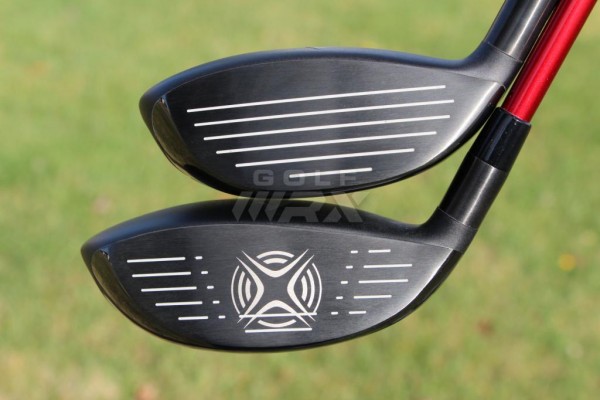
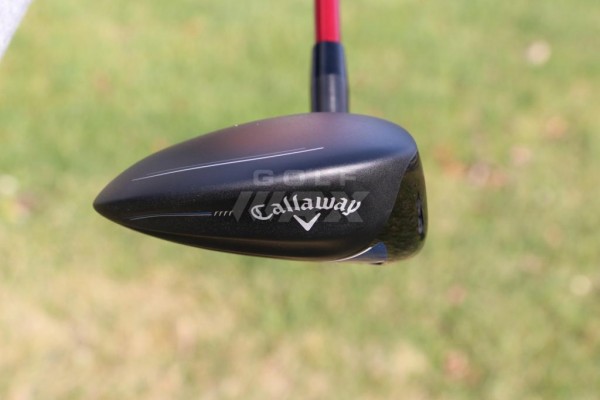
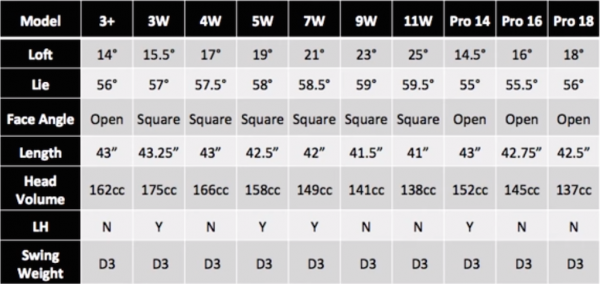
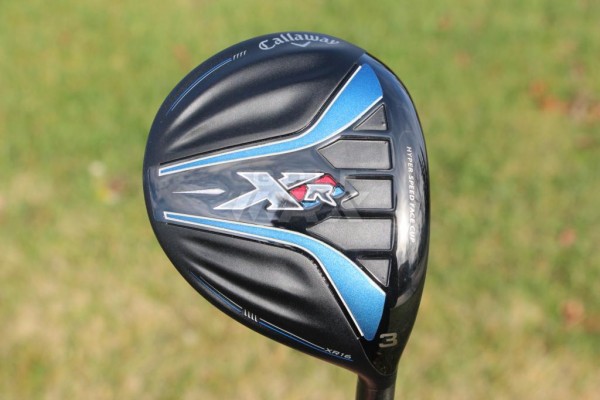
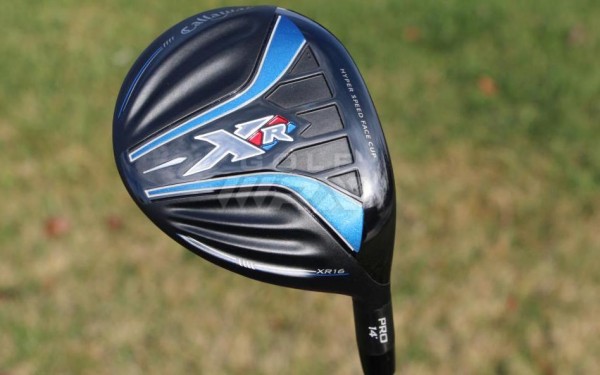
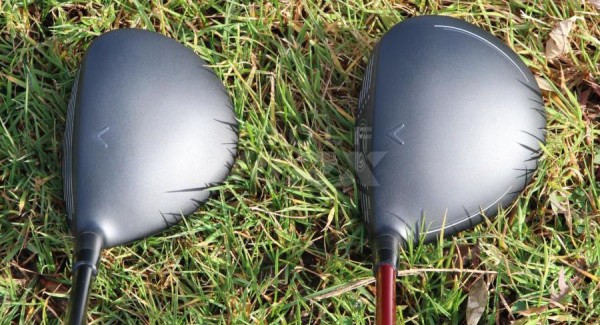















Bobby
Jan 7, 2016 at 3:24 pm
Huge fan of callaway woods, won’t touch anything else by them.
Clay
Jan 6, 2016 at 10:36 am
Is it too much to ask for a 15* XR16 Pro? Looks like my X2 Hot Pro may carry on another year. Depends on which of these specs is correct, is it 14* or 14.5*?
Max
Jan 5, 2016 at 6:15 pm
Bring back the 5 DEEP!!!!! Best all around fairway I have ever owned. If you have any XR16 5 Deep prototypes left over, send em my way. Thanks.
Dj
Jan 5, 2016 at 12:17 pm
They ran out of marketing material so now they say 28% more consistent carry distance? Lol not even sure what that means. So their old clubs went different distances on same struck shots? Normal
Billy
Jan 5, 2016 at 10:38 am
Just checking, so VFT in the XR16 face has a thinner centre and thicker perimeter? Not so sure if that’s how it works.
Andrew Tursky
Jan 5, 2016 at 11:46 am
To clarify, the center of the face is made thicker (.078 inches), and toward the perimeter it is thinner (.043 inches). Thanks, Billy!